Press Release: Veritas Press C.I.C.
Author: Kamran Faqir
Article Date Published: 20 Aug 2025 at 14:02 GMT
Category: Middle East | Palestine-Gaza | US-Israel At War
Source(s): Veritas Press C.I.C. | Multi News Agencies
JERUSALEM/GAZA CITY: — Israel has approved its most ambitious military campaign yet to seize Gaza City, a move critics say risks plunging the besieged enclave into catastrophe. The plan comes just as Hamas agreed to a ceasefire proposal mediated by Egypt, Qatar, and the United States, raising questions over Israel’s motives and timing.
Gideon’s Chariots II: A New Siege
Defence Minister Israel Katz announced Wednesday that he had authorised “Gideon’s Chariots II,” the IDF’s plan to occupy Gaza’s largest population centre. The operation revives a failed May offensive but on a vastly larger scale.
- 60,000 reservists are being mobilised in phases.
- Five divisions — the 36th, 162nd, 98th, 99th, and Gaza Division — will spearhead the campaign.
- The Nahal Brigade has begun manoeuvres in Zeitoun, while Givati operates in Jabaliya.
“The city will not return to what it was,” Katz declared, promising to dismantle Hamas’s leadership, destroy its military capabilities, and secure the release of Israeli hostages.
Forced Displacement Under Fire:
The offensive hinges on the mass evacuation of Gaza City’s 800,000 to one million residents. Leaflets dropped from planes, text messages, and drone loudspeakers have urged civilians to move south.
Israeli officials say two field hospitals and expanded aid distribution centres will be built in southern Gaza, in coordination with international agencies.
But humanitarian groups warn the preparations are woefully inadequate.
“We are talking about nearly a million people being pushed out under bombs with nowhere to go,” said Dr. Samira al-Khoudary, a physician at Gaza’s Shifa Hospital. “The so-called field hospitals can’t treat this scale of suffering.”
Inside Gaza City, families described a sense of panic.
“The leaflets told us to leave, but to where?” asked Ahmed al-Masri, a father of five who fled Jabaliya with only a small bag. “The South is already full of tents and hunger. They are pushing us from one death trap to another.”
UN human rights chief Volker Türk warned that the forced transfer could amount to a war crime.
Hostage Families Rebel:
Inside Israel, the plan is triggering deep dissent. Former Prime Minister Ehud Barak denounced it as a “death trap,” warning it would endanger Israeli captives rather than free them.
Families of hostages, organised under the Hostages and Missing Families Forum, staged fresh demonstrations in Tel Aviv and Haifa.
“Every bullet they fire at Gaza City could kill our loved ones,” said Efrat Cohen, whose son has been held for 19 months. “This government prefers war over rescue.”
The group demanded an urgent meeting with Katz and IDF Chief of Staff Eyal Zamir to explain how the operation would avoid killing the very captives it claims to save.
Ceasefire Offer on the Table:
Hamas has accepted a 60-day ceasefire plan, which includes the staggered release of 10 hostages, freedom for Palestinian prisoners, and expanded humanitarian access.
But Israel has signalled rejection, insisting all 50 captives must be freed at once.
Qatari mediators said the latest plan was “almost identical” to a framework Israel had previously approved, while Egypt’s foreign ministry declared, “The ball is in Israel’s court.”
“We have opened the door wide to an agreement,” said Hamas official Mahmoud Mardawi. “The question is whether Netanyahu will close it again.”
International Alarm:
The looming assault has drawn sharp criticism abroad.
- Germany suspended arms exports to Israel.
- Britain, France, Saudi Arabia, and Canada threatened to accelerate recognition of a Palestinian state if the offensive goes ahead without a truce.
- Aid agencies warned that Gaza’s starvation crisis will worsen if another million people are forced south.
“We are seeing the systematic destruction of Gaza’s civilian infrastructure,” said Jan Egeland, head of the Norwegian Refugee Council. “What is planned in Gaza City is not an evacuation. It is an expulsion.”
Military Feasibility: Experts Question Gideon II:
Military analysts warn that Gideon II could face severe operational hurdles. Urban warfare in Gaza’s dense neighbourhoods is notoriously lethal, and Hamas has fortified streets, tunnels, and civilian buildings with improvised explosives.
“A full-scale occupation of Gaza City is not only risky, it may be impossible without catastrophic casualties,” said Gen. (ret.) Amos Yadlin, former head of Israeli Military Intelligence. “The IDF has tried this before in smaller sectors and got bogged down.”
International observers echo these concerns. Robert Malley, U.S. special envoy to the Middle East, described Gideon II as a “high-risk military endeavour with unpredictable consequences,” warning that civilian deaths and hostage endangerment could undermine Israel’s political and security objectives.
Analysts note that the logistical challenge of moving tens of thousands of troops and securing supply lines through narrow Gaza streets is compounded by potential Hamas guerrilla tactics.
“Even with technological superiority, the IDF will face ambushes, booby traps, and civilian resistance,” said Malley. “The urban environment favours the defenders, not the invaders.”
The Cost Of Escalation:
The war, now nearing two years, began with Hamas’s October 2023 attack that killed 1,219 people in Israel. Since then, more than 100,000 Palestinians have been killed, mostly women and children, according to Gaza’s health ministry, figures the UN considers credible.
With Israel preparing to flood Gaza City with tens of thousands of soldiers, critics warn the offensive could become both a military quagmire and a moral breaking point.
“This war has no exit, no strategy, only more graves,” said Dr. Marwan Qassas, an aid coordinator in Khan Younis. “What we are witnessing is not security. It is the erasure of a people.”
In Summary: Gideon II As A Strategy Of Destruction, Erasure, And Genocide.
Gideon II is more than a military plan; it is a high-stakes gamble with Gaza’s civilians, Israeli hostages, and the region’s fragile political order. Analysts and former military officials warn that the operation is logistically improbable, morally indefensible, and strategically reckless. By forcing mass displacement, systematically targeting civilian infrastructure, and limiting humanitarian access, Israel risks creating a humanitarian catastrophe while orchestrating the erasure of Gaza’s communities, with patterns that critics describe as ethnic cleansing and potential genocide.
The plan exposes a deeper pattern: a government willing to subordinate international law, human life, and long-term security to short-term political objectives. Repeated warnings from UN agencies, aid organisations, and former Israeli officials appear to have been ignored. Gideon II, critics argue, is less about defeating Hamas than about demonstrating brute power, advancing demographic engineering, and consolidating territorial control, even at the cost of civilian death, societal collapse, and escalating regional isolation.
Ultimately, Gideon II illuminates the limits of military solutions in Gaza: urban occupation favours entrenched defenders, not invaders; starvation, mass displacement, and targeted destruction generate resentment, not security; and the systematic targeting of civilian areas risks constituting war crimes, ethnic cleansing, and acts of genocide under international law. In effect, Israel is betting on destruction, erasure, and genocide as tools of policy, while the rest of the world watches a city and a population stand on the edge of annihilation.
Tags:


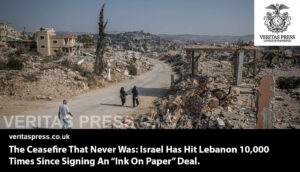





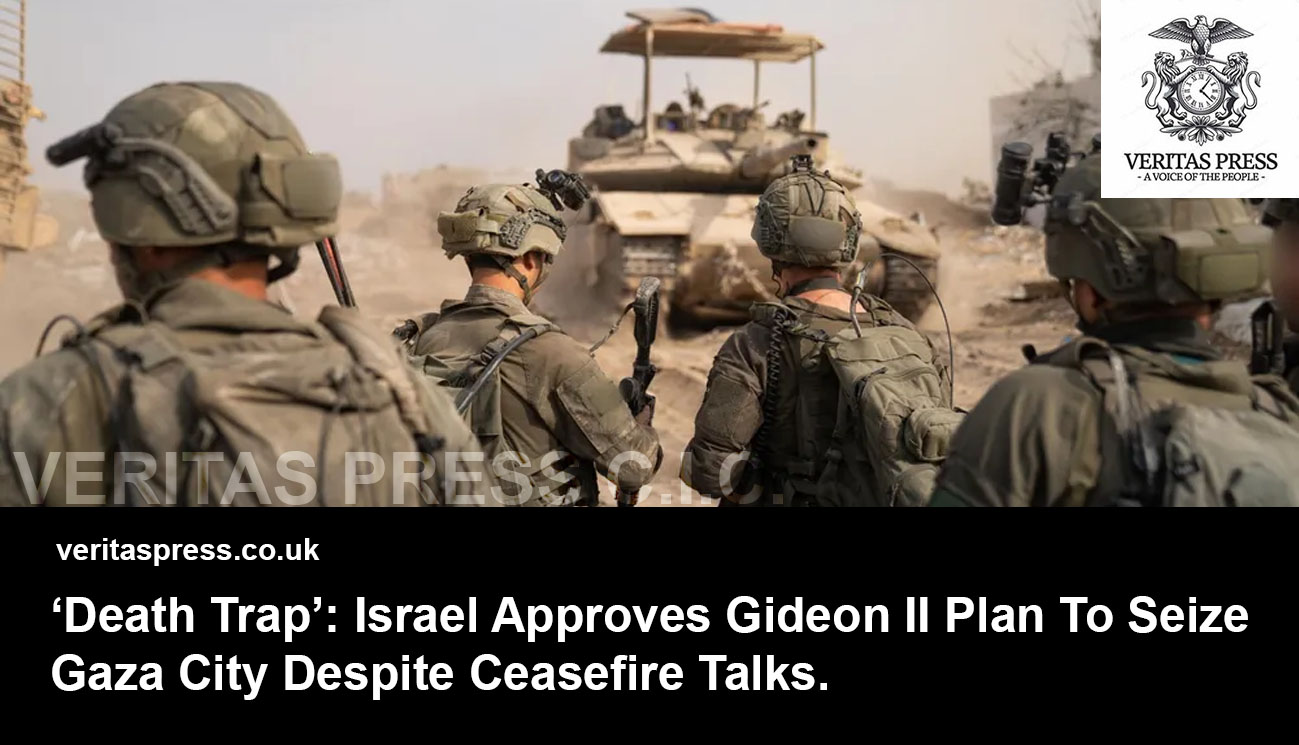
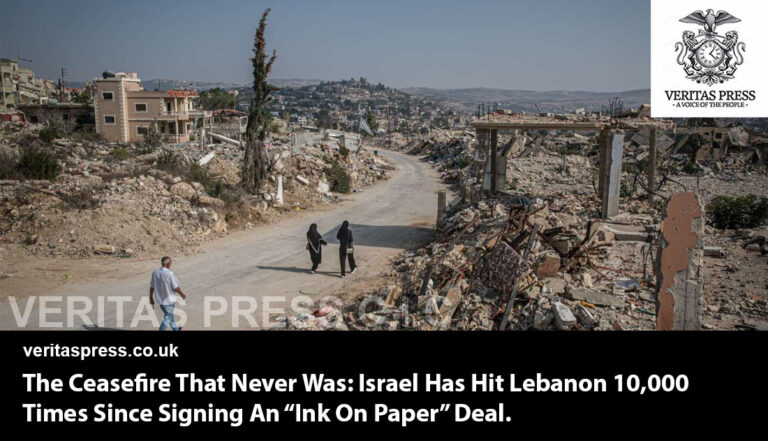


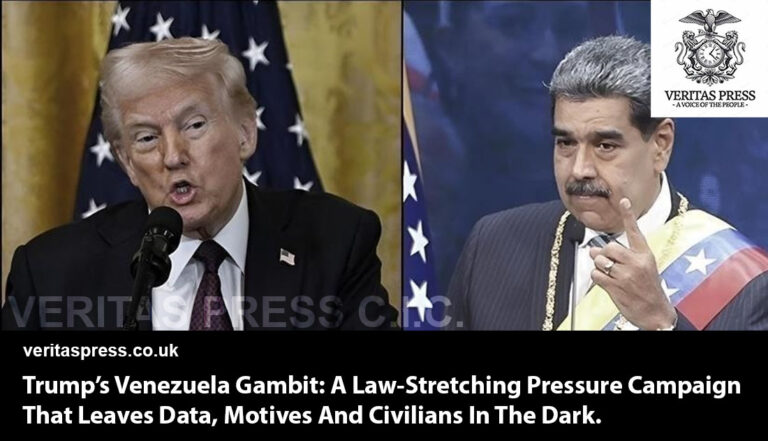




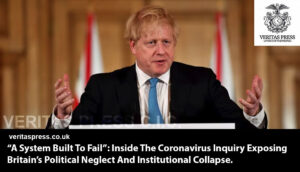
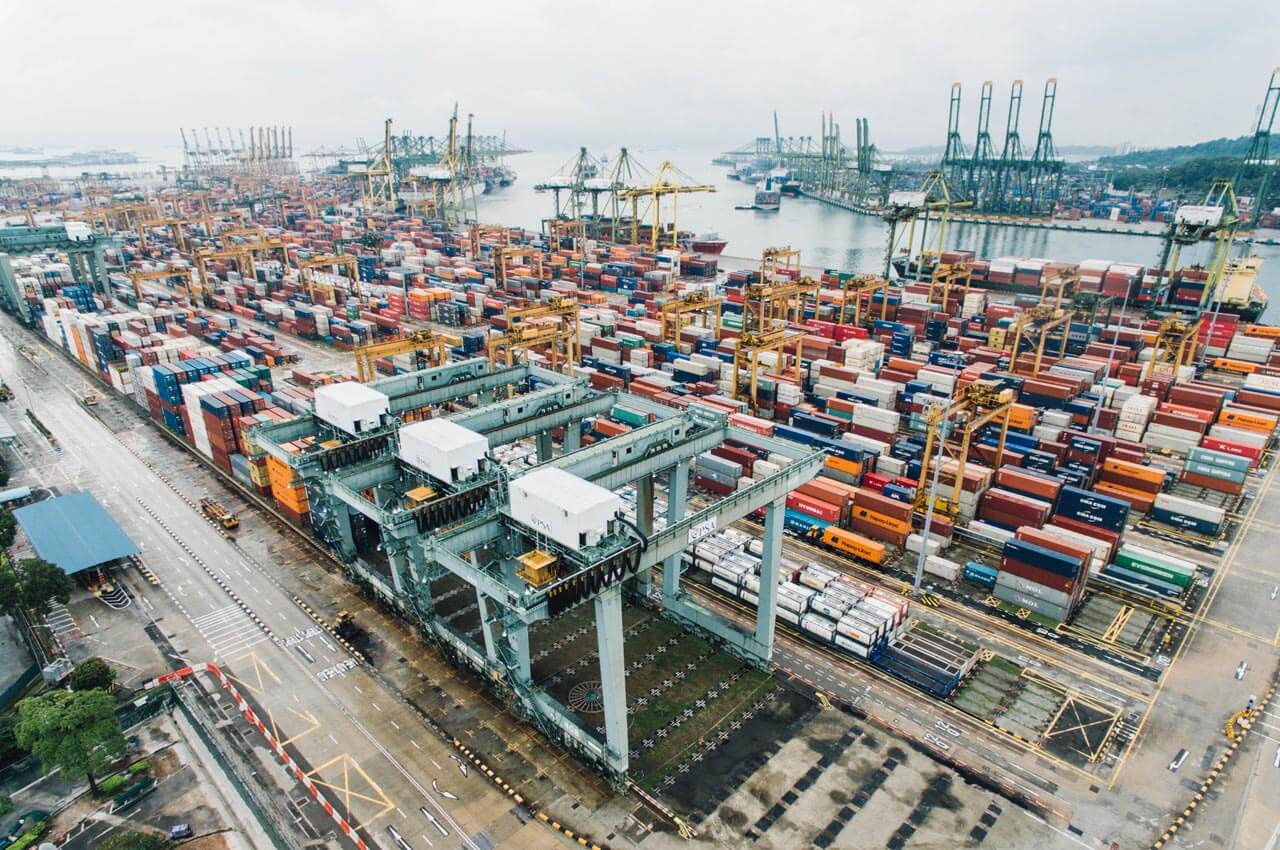








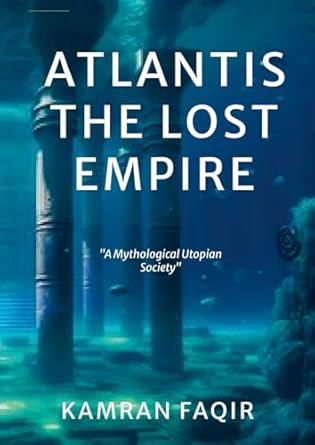
Leave a Reply